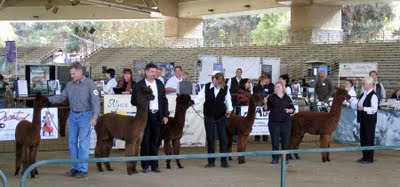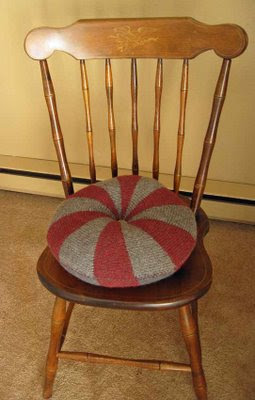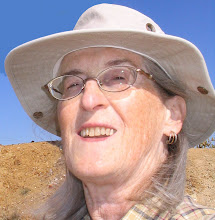Well, we all are designers really, whether we start from scratch, modify a pattern, or cobble several patterns together into something different. But here's what happened to me.
I bought this fabulous alpaca yarn from Knitpicks intending to use it for a specific vest pattern. That so did not work out. Then I tried it with some other patterns. No and no and no. But I really wanted a vest. I vaguely remembered seeing a demonstration of a very open, lacey drop-stitch, and I stumbled upon several sideways-knit vest patterns, none of which I was exactly crazy about, but the approach is pretty much the same for all. So I used the drop-stitch idea to improvise a vest, which I liked very much.
I liked it so much that I thought of making a few more in different yarns. It didn't take long to organize my notes into something that vaguely resembled a pattern, and I thought I would simply upload a PDF to Ravelry, to join all the other free patterns available there, so that it would be available for me and for anyone else who might want to use it too.
Well, the process is not so simple. First you must designate yourself as a "designer" and give yourself a "designer name." So I did that, although I felt like a fool ("it's just a few notes," this humble little voice was whispering). There were more steps – a pattern page, a store (yes, even though it's free), links, etc., but they are all done.
The last and most difficult step has been to get a link up on my blog that will allow people who are not Ravelry members to view and download the PDF. I think I have that working, although I'm not thrilled with the way it looks. More tinkering will be needed.
It's been a fun, although sometimes frustrating, experience, and having a place to put my improvisations has inspired me to take better notes and to work harder on writing an understandable pattern. Given the problems I've had with patterns written by others, I know how incredibly difficult that can be. Just when you think you've explained it all, someone comes along with a different mindset (like me) and just doesn't get it.
Right now, I'm reverse engineering the Staggered Lace Socks into a pattern. No notes anymore, but I have the actual sock in hand, and it's easy to count rows and stitches. Soon I will have two "designs" up on Ravelry. Woohooo!!




























































